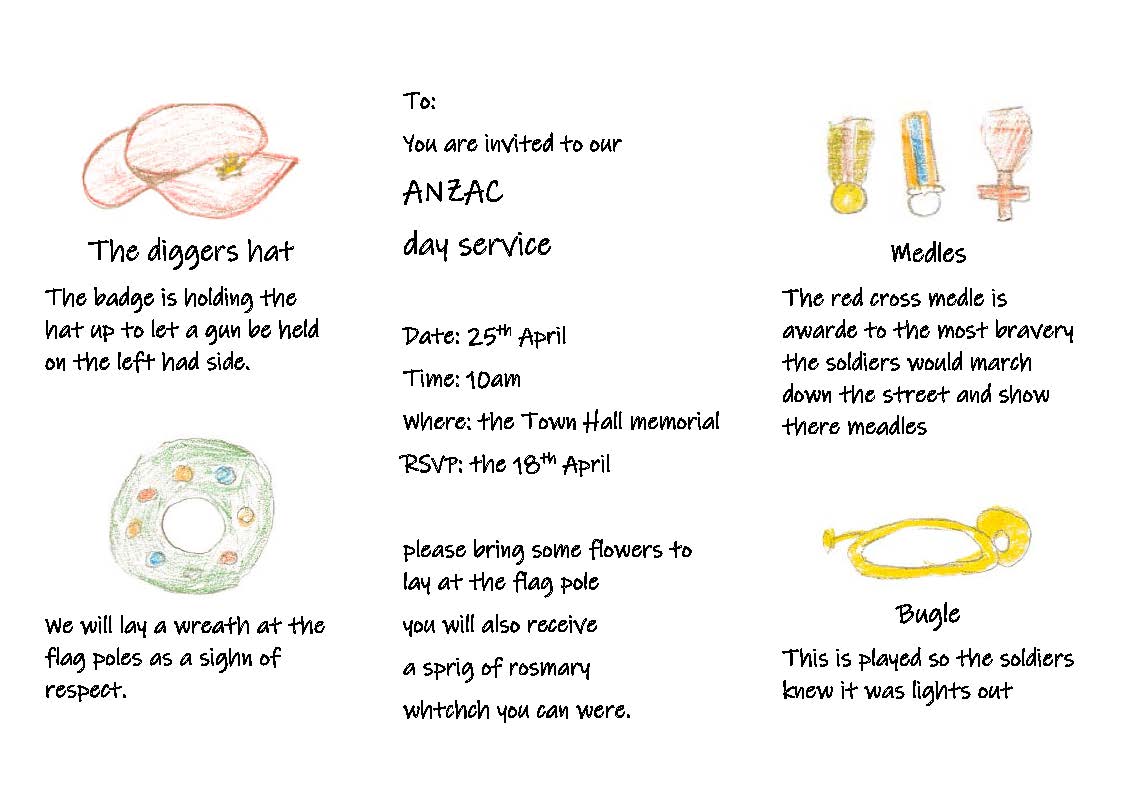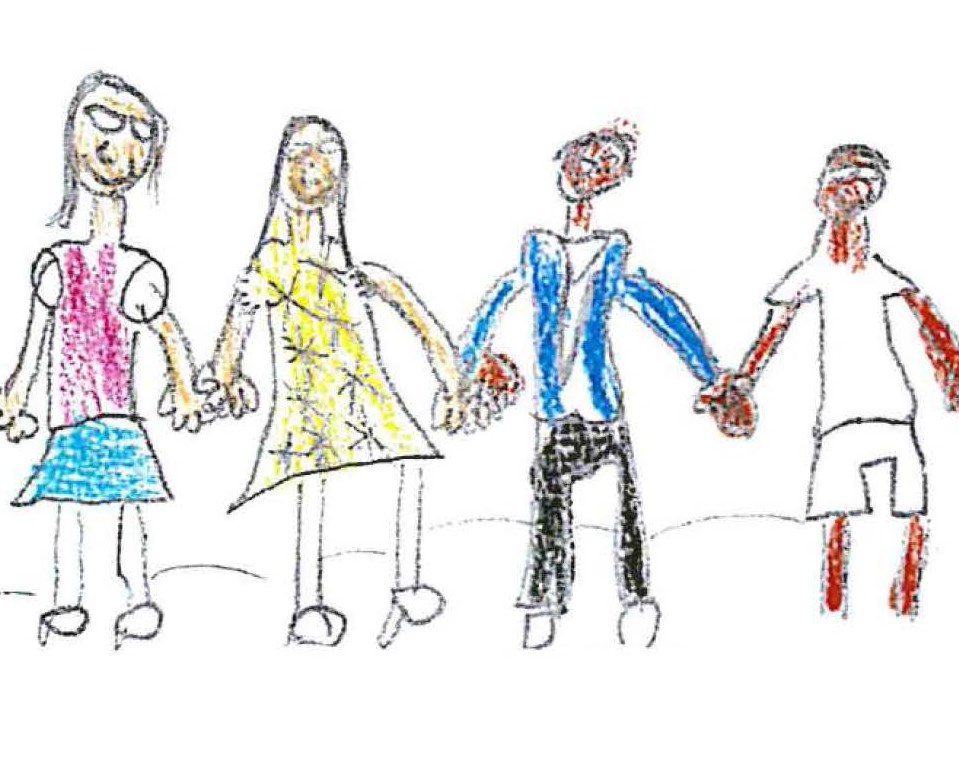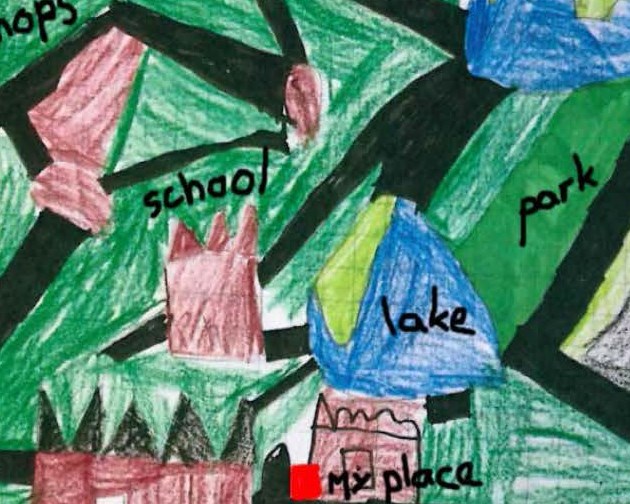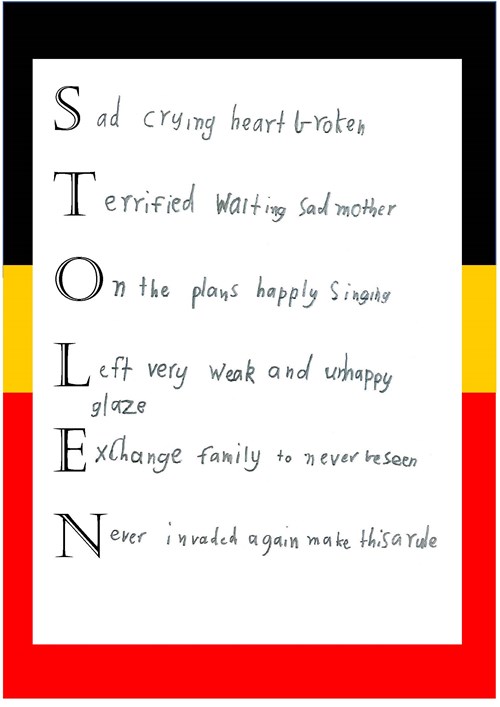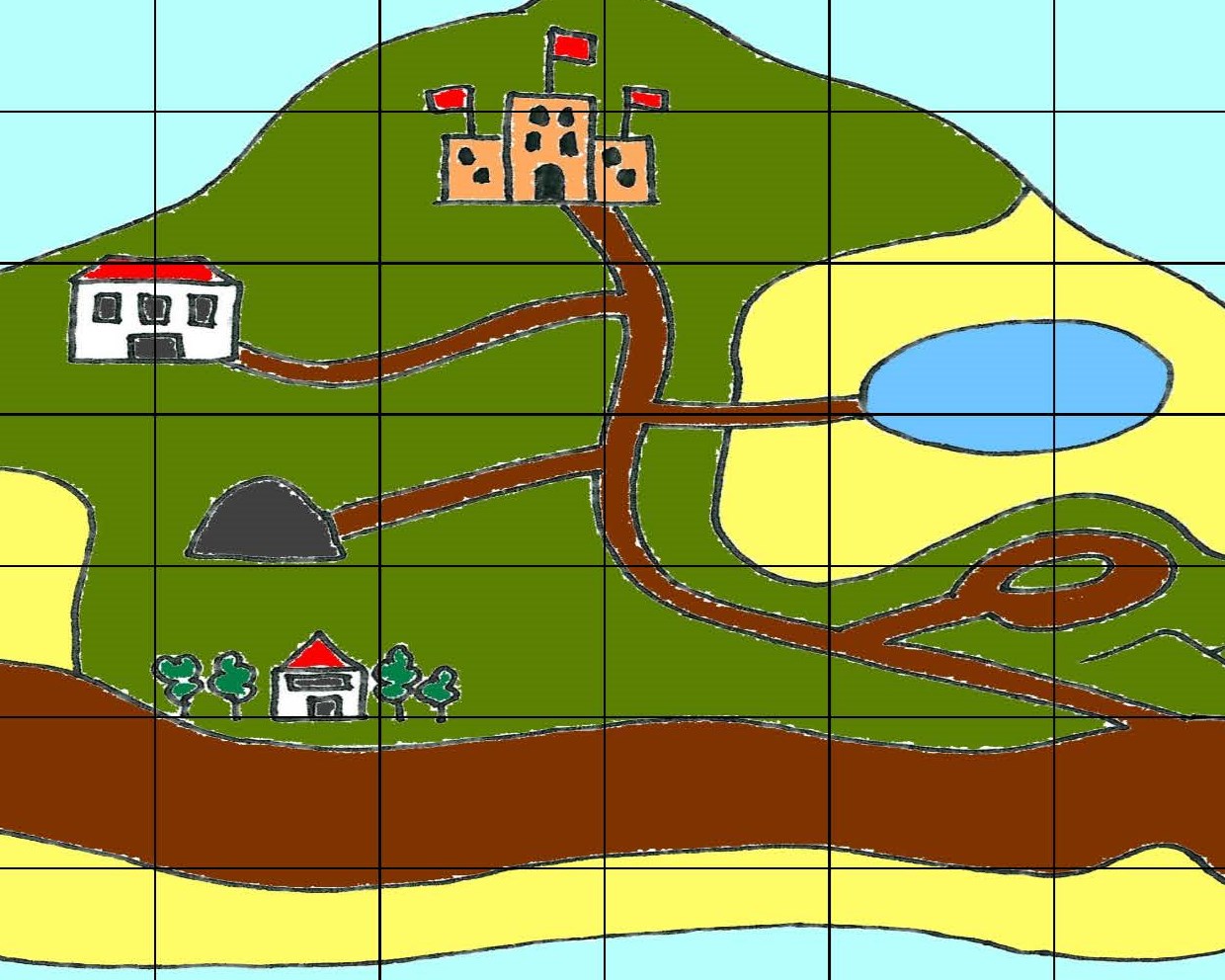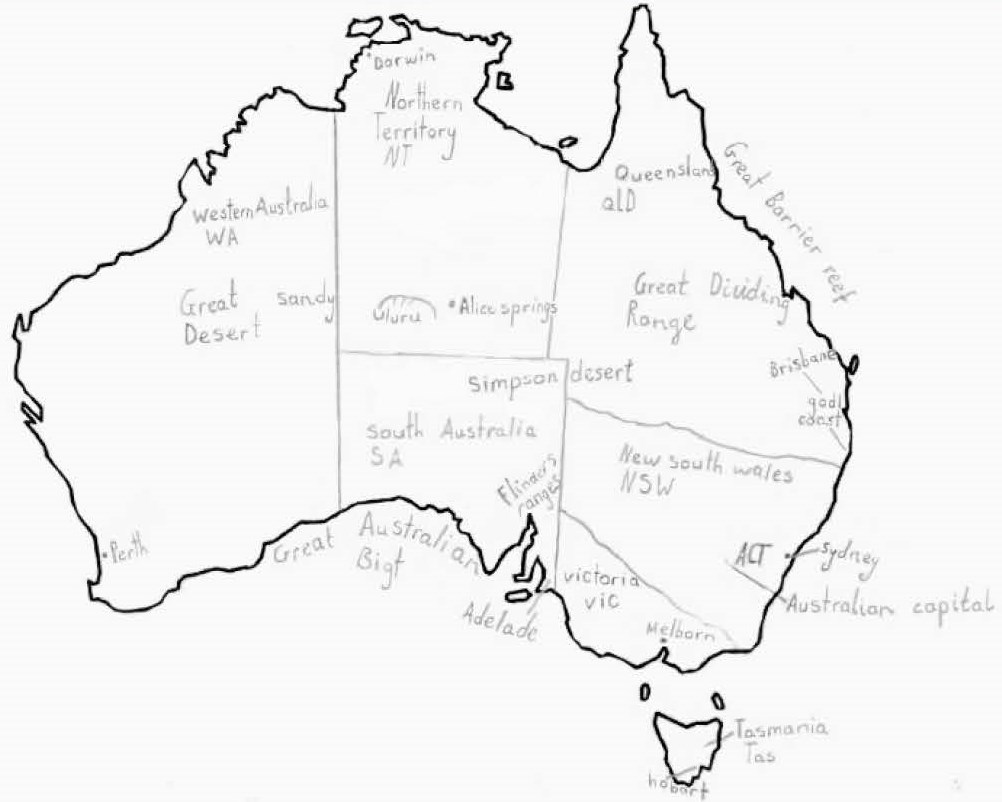Anzac Day invitation
Summary of task
Students explored the important symbols associated with the commemoration of Anzac Day (25 April). The teacher and teacher-librarian provided students with pictorial sources and real or replica artefacts using a ‘memorial box’ borrowed from the Australian War Memorial. Students then created invitations to the local Anzac Day service using annotated drawings of a selection of the symbols. The task was completed in class over four 50-minute lessons.
Achievement standard
By the end of Year 3, students identify individuals, events and aspects of the past that have significance in the present. They identify and describe aspects of their community that have changed and remained the same over time. They identify the importance of different celebrations and commemorations for different groups.
Students sequence information about events and the lives of individuals in chronological order. They pose questions about the past and locate and collect information from sources (written, physical, visual, oral) to answer these questions. They analyse information to identify a point of view. Students develop texts, including narrative accounts, using terms denoting time.
